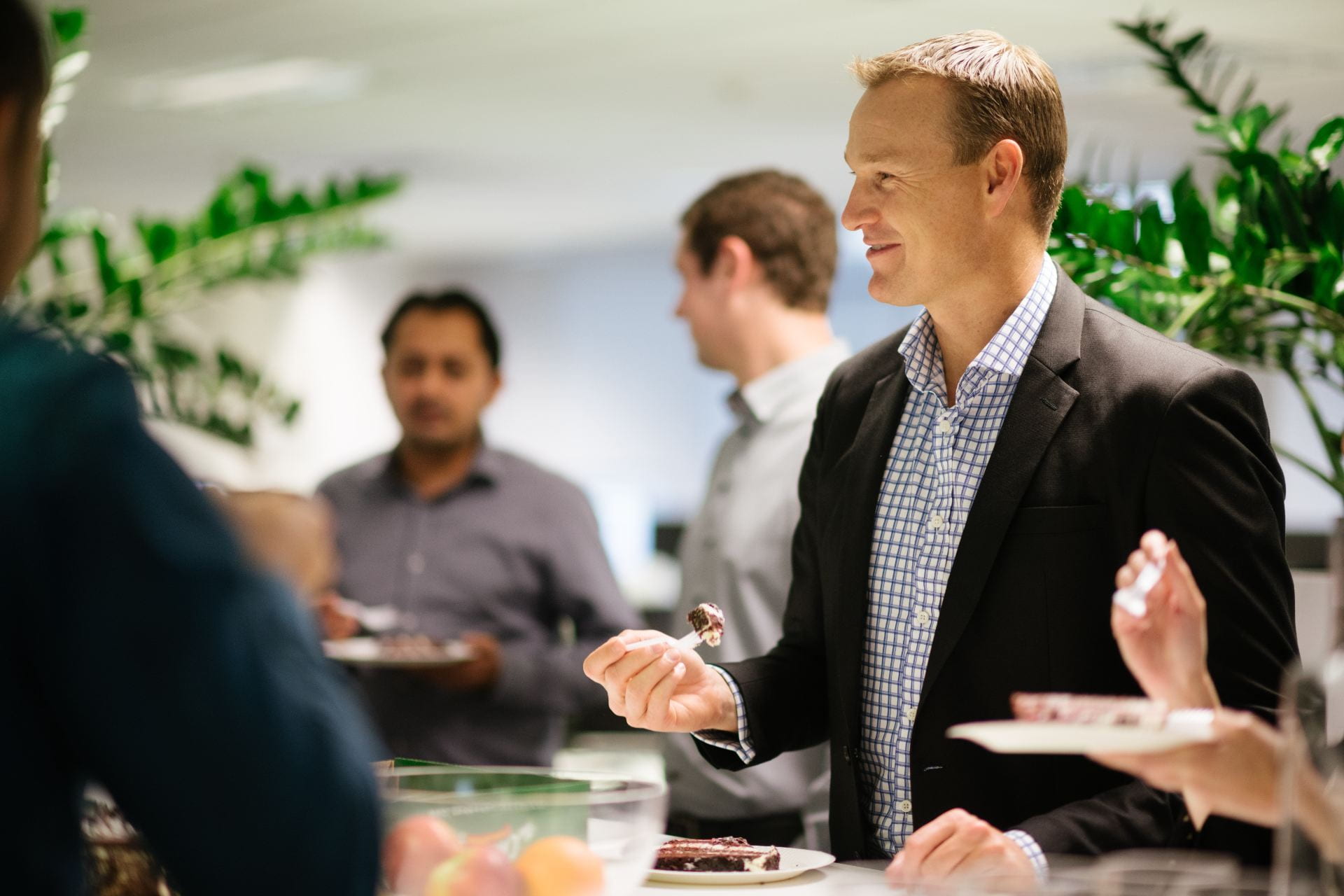Great leaders build great businesses
DDS IT needed to rethink how their leadership and their processes ran. And so they asked for help.

Simon Browne knew they were in the right place when the University of Auckland Business School lecturer said: “Is it okay if I’m brutal?”
Browne, founder and CEO of leading IT service providers DDS IT, was quick to respond: “Hell, yeah.” It was a vigorous start to an overhaul of the company’s leadership and the way it operated.
A glance from an outsider might have struggled to identify any issues. The company was booming. Created in 2003, it had grown rapidly within the large corporate and enterprise sector with big clients like Mercury, Steel & Tube, Southern Cross and SkyCity.
DDS IT has about 115 staff principally in the Auckland-Hamilton region but also encompassing Wellington, Blenheim and Christchurch. The majority of its multi-pronged offerings are managed services – where DDS often becomes part of the client’s IT department; Browne says they provide “an unwavering focus and incredible customer service.”
So far, so good but, like any fast-growing organisation, DDS IT was experiencing speed wobbles and growth pains. That’s what took Browne to the Business School*, with a strong feeling that, to build a great business, you need to build great leaders.
“We’d grown a lot and a lot of people had grown with us,” he says. “But there was a lack of consistency across the organisation in the way we were leading and taking approaches. Our people were using different methodologies and different tools. We needed to get everybody on the same page.”
He wanted to invest in the growth of the company’s leaders – not just himself and the executive team but leaders at all levels across the company because, he says, great leaders build great businesses. In 2020, they approached the Business School to create a custom programme to help develop the competencies “needed for the firm to grow and compete in a rapidly changing environment”.
That’s where the lecturer came in. His “brutal” analysis began with DDS IT’s mission, vision and values statements. “He said they weren’t good enough,” says Browne. “We didn’t have clarity and alignment at the outset – and you need that if you’re going to go anywhere, right? You need a north star.
“That started a journey of re-defining ourselves and how we expressed it, then moving into how we applied that vision and values. All the lecturers were fantastic, phenomenal – I can’t speak highly enough of them.
“The biggest part for me was the recognising of leaders and the criticality of their role – and arming them with tools. They helped us develop a framework that worked across the entire organisation and all the leaders.
“We defined a leader as this: if you had someone reporting to you, you were a leader. Actually, even that isn’t quite right. We identified future leaders – who didn’t actually have anyone reporting to them and who were leaders too.”
The programme focused on the executive leaders, mid-level leaders and emerging leaders and the Business School also got all the DDS IT leaders together as part of “getting on the same page”. Browne says it was a considerable investment – financially but mostly in time. With frequent interruptions from COVID, the work stretched from February-March until almost the end of the year.
“But you need that kind of focus if you are going to challenge the norm,” Browne says. “It is no small thing.
“What I wanted was for DDS IT to be able to move with a bit more pace – scale and velocity is what was needed and you can’t achieve that unless you are all travelling in the same direction. We wanted to develop talent that could empower leadership to embrace new approaches and lead collaboratively among multicultural teams.”
The results have been gratifying, he says: “It’s given everyone a common frame of reference. I am now hearing the new language all the time as we move through processes. I hear people, when things are getting complicated and tangled, saying, ‘Hey, guys, this is what we are trying to do’.
“That’s leadership, isn’t it? And we have that kind of understanding across all levels of leadership. It’s no longer a case of just thrusting people into leadership positions and hoping they grow into them.
“It’s creating real business outcomes and benefits through increased staff satisfaction and has changed leadership by the way they interact with each other as an organisation. We maintained staff retention levels during a challenging time for the local talent market.
“It’s been a huge amount of change for us already – but we can feel the difference now and the results are starting to accrue. We are growing fast and, while we still have the odd speed wobble, we are having much better and much more courageous conversations now and we have that whole framework to guide us.
“I can’t imagine, with the growth we’ve had, what sort of state we’d be in if we’d decided to do nothing.”
21 September 2022
